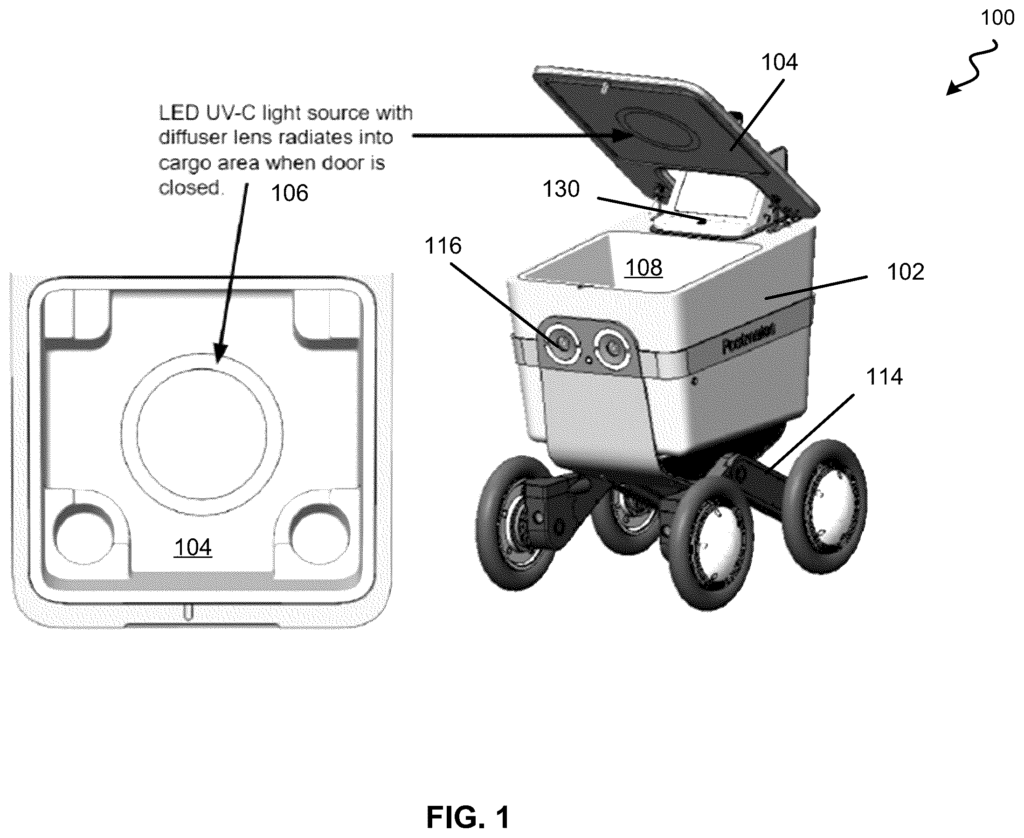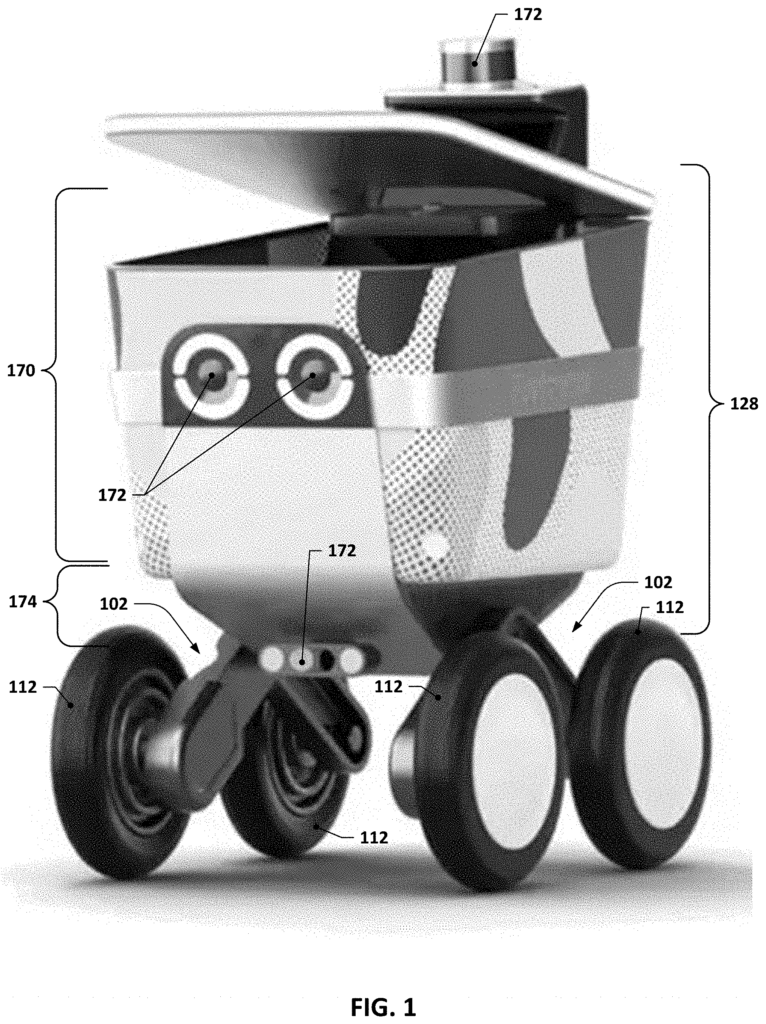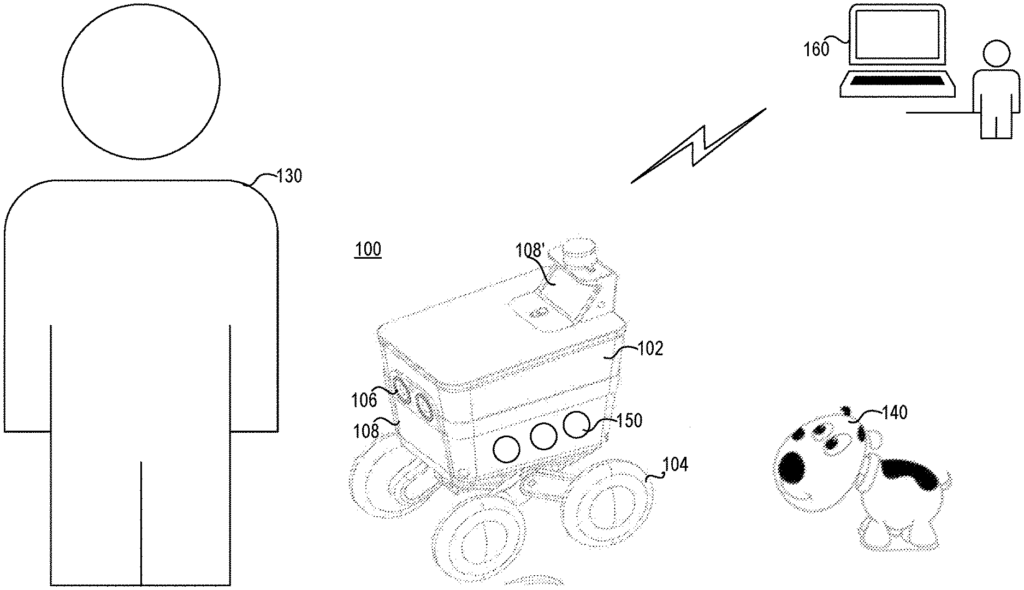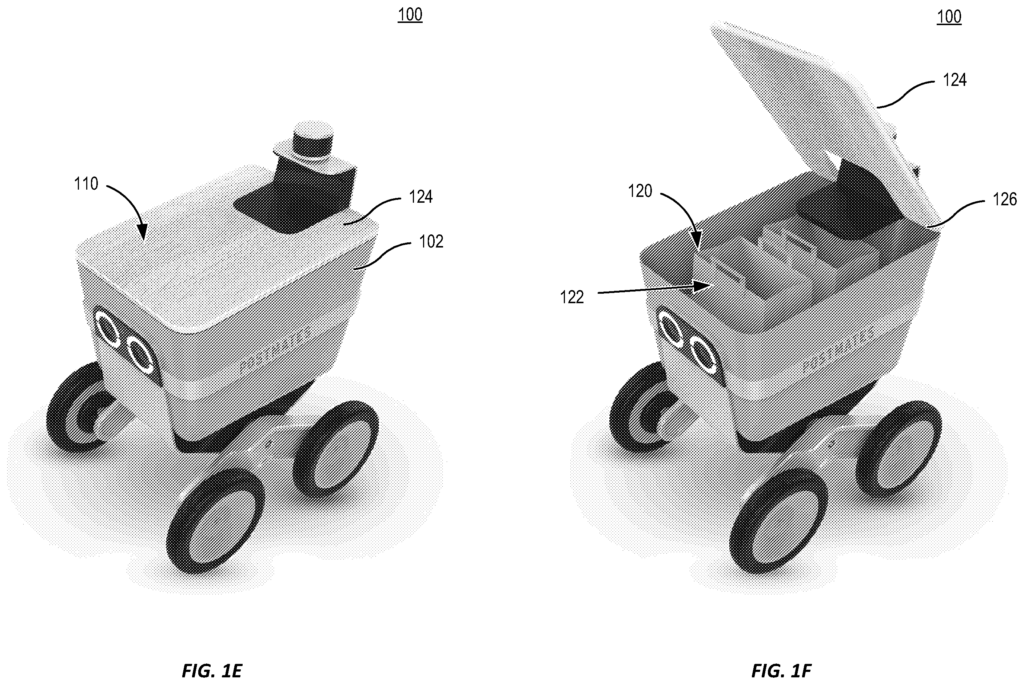Sidewalk Delivery Robots are making waves in last-mile logistics, thanks to Serve Robotics. These autonomous vehicles are changing the way goods are delivered in urban areas. Designed to navigate sidewalks safely, they come equipped with advanced features like real-time mapping and obstacle detection.
Recently, Serve Robotics announced partnerships with major delivery services, expanding the capabilities of sidewalk delivery robots and reinforcing their role as a significant player in the delivery industry.
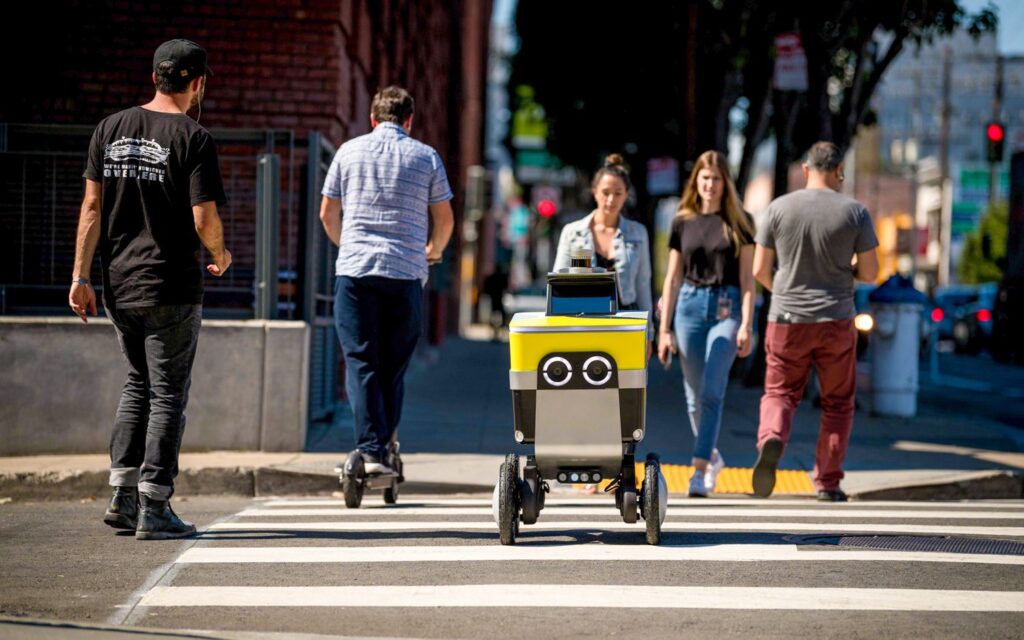
Functioning and Working Principle of Sidewalk Delivery Robots:
- Navigation System: Equipped with advanced GPS and sensors, the robots navigate sidewalks and urban environments, avoiding obstacles and pedestrians.
- Obstacle Detection: Utilizing cameras and ultrasonic sensors, the robots detect and respond to obstacles in real-time, ensuring safe navigation.
- Route Planning: The robots employ algorithms to determine the most efficient routes for deliveries, adapting to changing conditions.
- Load Capacity: Designed to carry up to 20 pounds, the robots can transport a variety of packages while maintaining stability during movement.
- User Interaction: Customers can place orders through a mobile app, tracking their delivery in real-time and receiving notifications upon arrival.
- Autonomous Operation: Once dispatched, the robots operate independently, requiring minimal human intervention throughout the delivery process.
- Return to Base: After completing deliveries, the robots autonomously navigate back to their charging stations for recharging and maintenance.
Patents Description:
We’ve analyzed key patents related to Sidewalk Delivery Robots (Serve Robotics). Read the summary below and discover the ingenious innovations behind this breakthrough technology!
- The US11992566B2 patent describes a sidewalk delivery robot equipped with advanced navigation and control systems, enabling it to safely and efficiently navigate urban environments. This technology addresses the challenges of last-mile delivery in crowded areas, where traditional methods can be slow and inefficient. By automating the delivery process, the robot reduces traffic congestion and enhances the efficiency of package delivery in cities.
- The US20230140923A1 patent presents a system for managing multiple sidewalk delivery robots to optimize their operations in urban areas. It coordinates these robots to work together effectively, avoiding collisions and ensuring timely deliveries. This patent addresses the challenge of managing several autonomous robots in busy environments, enhancing delivery efficiency and promoting smoother interactions with pedestrians and vehicles.
- The US20220281117A1 patent presents a method for sidewalk delivery robots to detect and adapt to changes in their environment, such as temporary obstacles or varying weather conditions. This technology allows robots to recognize issues like construction barriers or heavy rain and adjust their paths accordingly. It addresses the problem of unexpected obstacles that can hinder navigation and delivery efficiency, enhancing the reliability and effectiveness of package deliveries in diverse conditions.
- The US20220019213A1 patent outlines a system that enables sidewalk delivery robots to communicate with each other and with external devices, like traffic signals and mobile apps. This technology allows the robots to share information about their locations, routes, and obstacles, addressing the issue of inefficient navigation and coordination in busy urban areas. By facilitating real-time communication, it enhances the robots’ decision-making, improves overall efficiency, and ensures safer interactions with pedestrians and vehicles.
Sidewalk Delivery Robots from Serve Robotics stand out in a competitive landscape that includes companies like Starship Technologies (Starship), Nuro (RoboTaxi), and Amazon’s Scout (Scout). While many competitors focus on similar last-mile delivery solutions, Serve Robotics emphasizes advanced navigation and communication capabilities that enhance their operational efficiency and safety. This commitment to innovation not only differentiates them from others but also positions them as leaders in the evolving delivery sector.
The potential of Sidewalk Delivery Robots to transform urban logistics is significant. By automating the delivery process, these robots can alleviate traffic congestion, reduce carbon emissions, and provide a reliable alternative to traditional delivery methods. As cities continue to grow and demand for efficient delivery solutions rises, Serve Robotics is well-equipped to shape the future of urban mobility, making deliveries faster and more eco-friendly while seamlessly integrating into daily life.
Need to know anything else? We got you covered!

